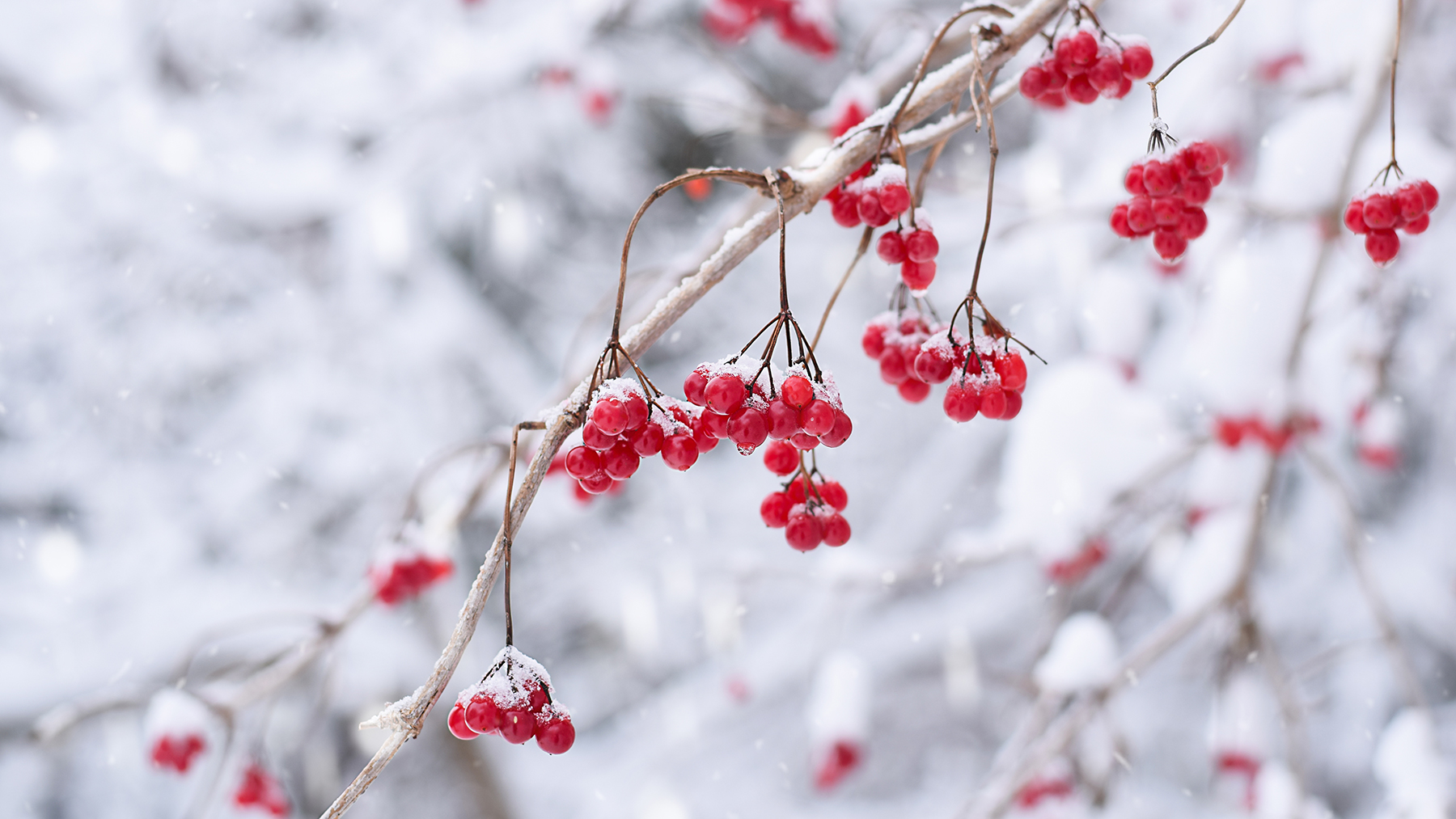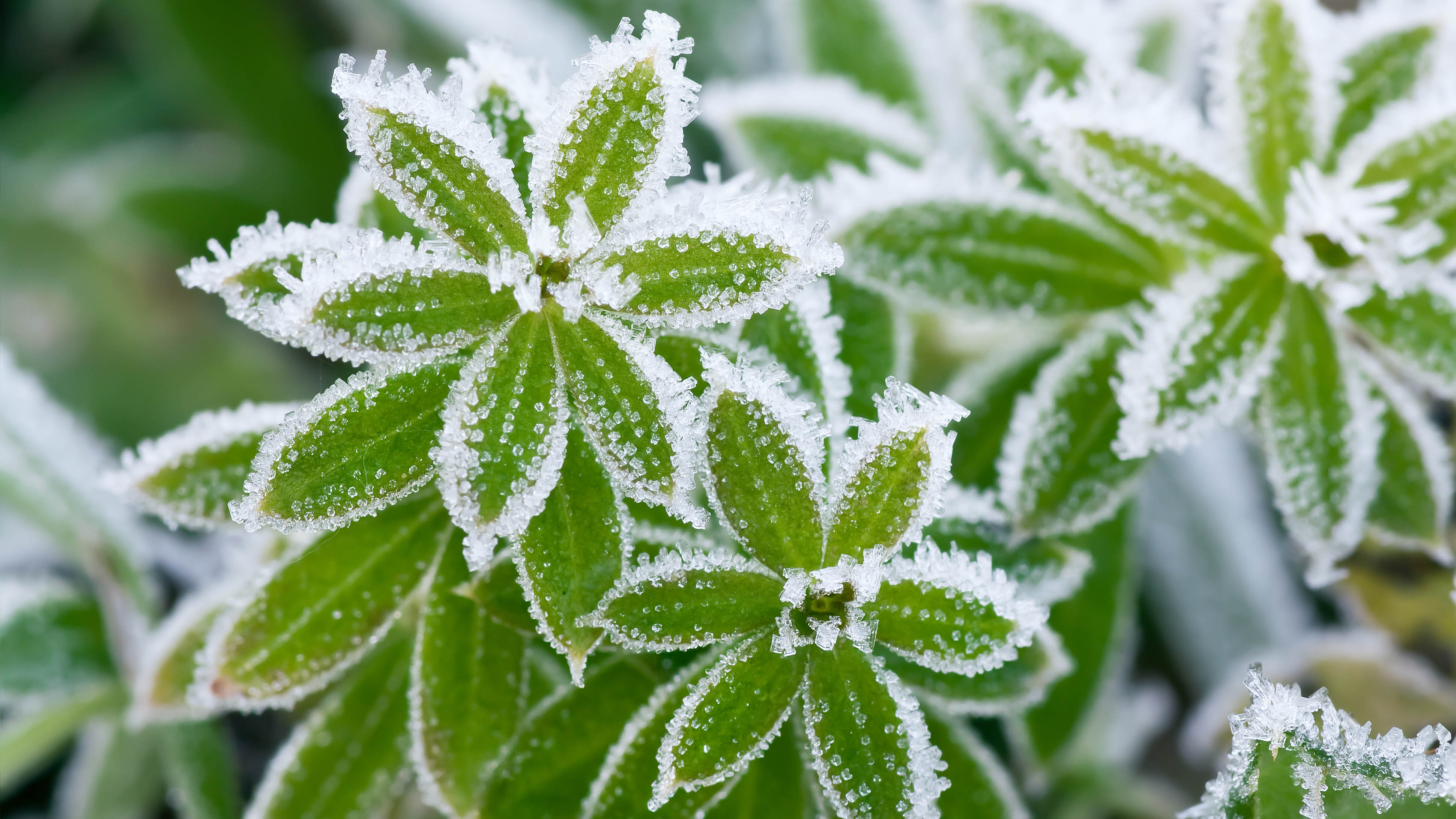
With spring underway, we’re all keen to get out into our yards and spruce up our gardens. I've already got a list of seeds to plant in April to refresh my borders, including a Euphorbia characias ‘Wulfenii’. The name in itself is enough to make me want one!
However, it’s always worth researching before you head off to your local nursery to get your yard ready for spring, especially if this means potentially spending money on plants that won’t survive in your area. That’s where knowing your plant hardiness zone comes in.
The U.S. Department of Agriculture (USDA) has devised a plant hardiness map that divides the country into 13 planting zones based on temperature. Once you know which Zone you live in, you can select the plants that will thrive in your location.
Here, we take a look at how the map works and how it can help you improve your gardening success.
How does the USDA Plant Hardiness Zone map help home gardeners?

Professional and home gardeners use the Plant Hardiness Zone map to understand which plants will most likely survive in their area. It’s based on temperature data, taking the average lowest winter temperature at a specific location.
Why isn’t the average temperature used?
Rather than splitting the zones by the average temperature, using the lowest minimum temperature best indicates how a plant will survive at the coldest point.
How was the data collected?
The latest updated map, produced in November 2023, uses temperature data from 13,412 weather stations. This is a significant increase compared to 7,983 weather stations used to create the previous map in 2012. There has also been movement in the map, with half the country going into a warmer zone.
How is the map divided?
The map is divided into 13 zones, with a 10°F change in temperature between each Zone. Out of the 13 Planting Zones, Zone 1 is the coldest and Zone 13 the warmest, with a vast range in temperatures between the two extremes. Zone 1 ranges from -60 to -55°F, while Zone 13 ranges from 65°F to 70°F.
Each Zone is further split into subsections of 5°F so that you might see the zones mentioned as Zone 1a and Zone 1b.
Discover what planting zone you are in

The map is easy to use. All you need to know is your ZIP Code. Follow the Plant Hardiness Zone Map link and enter your ZIP Code into the search box. You’ll then be able to discover which Zone your location falls within.
Apart from showing your location and Zone, it will also display the average minimum winter temperature within your Zone and will compare this temperature range against the temperature on the previous map produced in 2012.
For some, you may notice that your Zone has shifted to the next Zone up. This is because temperature readings have increased from those taken in 2012. However, this doesn’t mean you have to change your planting plan to suit. The USDA says, “What has thrived in your yard will most likely continue to thrive.”
Color-coded map
The whole map is based on the colors of the spectrum — red, orange, yellow, green, blue, indigo and violet, with each Zone represented by one color.
How are the Planting Zones used?
Many nurseries and seed producers use the planting zones as a guide to indicate which zones the plants and seeds they sell can be grown within. If you shop online, you’ll find online stores have grouped plants by zone. You’ll also find the recommended planting zone on the back of seed packets or growing guides.
What happens if you choose plants outside of your Zone?
If you’ve selected plants that aren’t suitable for your Zone, you may find that they become damaged over winter, and you’ll witness poor growth and reduced blooms. However, if planted in containers, they can be moved into a greenhouse to protect them from sharp frosts.
Frost dates are good to know too

Apart from knowing what Zone you live in, it’s also helpful to know the first and last frost dates in your local area. Planting too early, before the last frost, can damage or kill a plant. Once you know your last frost date, you can start planning your planting, knowing that your plants will be safe.
Knowing your first frost date is also useful as it will warn you when to collect your last harvest and when to move any vulnerable container plants out of the cold.
What else should you take into account when planting?
Apart from climate, environmental factors also play a part in the success of planting and should be considered. These aspects include wind, soil type, soil moisture, humidity, pollution, snow and winter sunshine. A plant’s size will also impact its chance of survival, as well as how they are planted.







